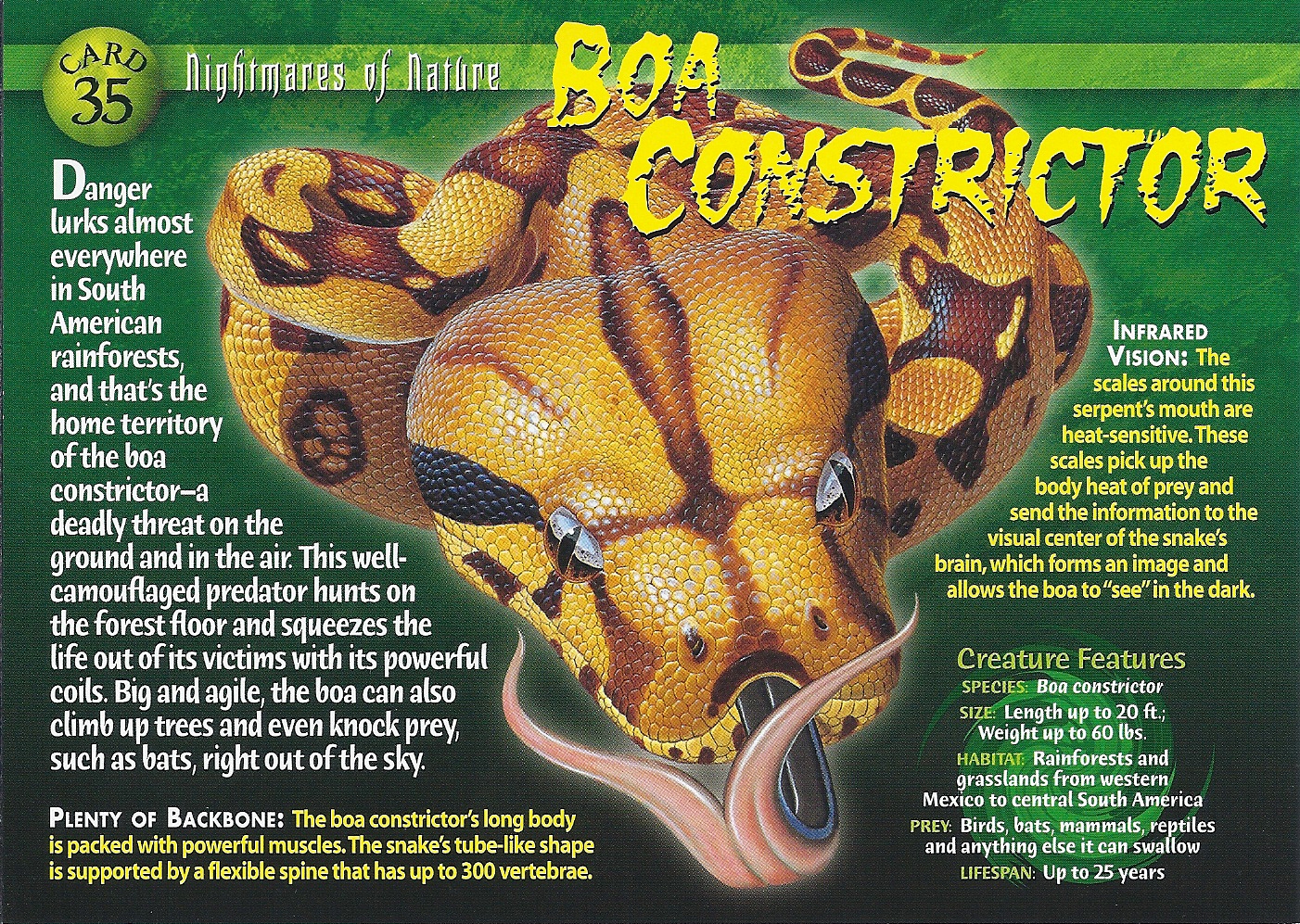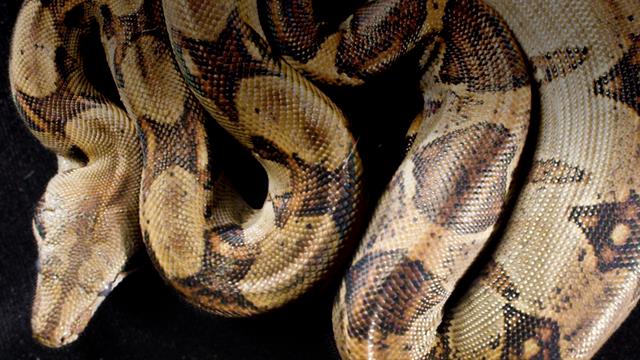


In 1937, a specimen shot in Guyana measured 5.9 m (19 ft 4 in) long and weighed 163 kg (359 lb 6 oz). Jesús Antonio Rivas, who had examined more than 1,000 anacondas, was a female 5.21 m (17 ft 1 in) long and weighing 97.5 kg (214 lb 15 oz). The longest and heaviest verified specimen encountered by Dr. Reports of anacondas 11–12 m (35–40 ft) or even longer also exist, but such claims must be regarded with caution, as no specimens of such lengths have ever been deposited in a museum and hard evidence is lacking. Although it is slightly shorter than the reticulated python, it is far bulkier the bulk of a 5.2-metre (17 ft 1 in) green anaconda is comparable to that of a 7.4-metre (24 ft 3 in) reticulated python. It is the largest snake native to the Americas. Weights are less well studied, though reportedly range from 30 to 80 kg (66 to 176 lb) in a typical adult. More typical mature specimens reportedly can range up to 5 m (16 ft 5 in), with adult females, with a mean length of about 4.6 m (15 ft 1 in), being generally much larger than the males, which average around 3 m (9 ft 10 in). The green anaconda is the world's heaviest and one of the world's longest snakes, reaching a length of up to 5.21 m (17 ft 1 in) long. Fossils of the snake date back to the Late Pleistocene in the Gruta do Urso locality. The term " anaconda" often refers to this species, though the term could also apply to other members of the genus Eunectes. Like all boas, it is a non-venomous constrictor. It is the heaviest and one of the longest known extant snake species. This map from the Washington Herp Atlas illustrates the distribution of northern rubber boa in Washington based on records in the WDFW database as of 2016. If you see this species in areas that are not indicated on the map or have more recent observations (less than 10 years), please share your observation using the WDFW wildlife reporting form. Of special interest are observations of this species from the Columbia Basin and Pacific coastal areas.The green anaconda ( Eunectes murinus), also known as the giant emerald anaconda, common anaconda, common water boa or sucuri, is a boa species found in South America and the Caribbean island of Trinidad. They are the most northern ranging boa in the Boidae family, occurring as far north as British Columbia. Few records have been submitted for the coastal forests, higher elevations of the Cascade Mountains or the central Columbia Basin. Northern rubber boas are found in all Washington ecoregions. Northern rubber boas are constrictors, which are snakes that wrap around their prey to crush and kill them.įemales bear two to eight live young between August and November. The species eats small mammals, birds, salamanders, lizards, snakes, and possibly frogs. They appear to return to the same site year after year as evidenced by their presence or their shed skins. They generally occupy locations under woody debris and rocks. Rubber boas are active at night and spend much of their time below ground. Down woody debris, fractured rock, and loosely compacted rock are generally considered important for this species.Ī rubber boa eating a small mammal in the Methow Valley in eastern Washington. The wet, dense forests of the Pacific Coast Ecoregion and the dry, shrubsteppe, habitats of the central Columbia Basin are not considered typical rubber boa habitat, but the species has been found in both. They are common in some areas and apparently absent from others. Their distribution is patchy in Washington. Northern rubber boas are found in a variety of habitats including prairies, shrubsteppe, grasslands and forests of various types. Racers are fast, aggressive snakes that will strike and bite if cornered or handled, whereas rubber boas are slow, non-aggressive snakes.įor more details, see the Washington Herp Atlas. The northern rubber boa may be confused with the western yellow-bellied racer ( Coluber constrictor mormon). Racers differ in having large eyes, large dorsal scales, and a tail that tapers to the tip. Females are larger than males, and juveniles resemble adults but are pinkish in coloration. The underside is yellow or cream and may have dark mottling. The top of the snake is uniformly tan, brown, olive, gray, charcoal or rosy pink.
#SCIENTIFIC NAME FOR BOA CONSTRICTOR SKIN#
The species’ loose and wrinkled skin gives it a rubbery appearance and feel. It has a blunt tail that is similar in appearance to the head-which may serve to confuse predators, therefore, protecting the head. It is a thick-bodied snake with small eyes and tiny scales. In the Northwest, this snake rarely exceeds about two feet in length. Monofilament recovery and recycling programĪ biologist holds a rubber boa to show the snake's yellow underside.


 0 kommentar(er)
0 kommentar(er)
